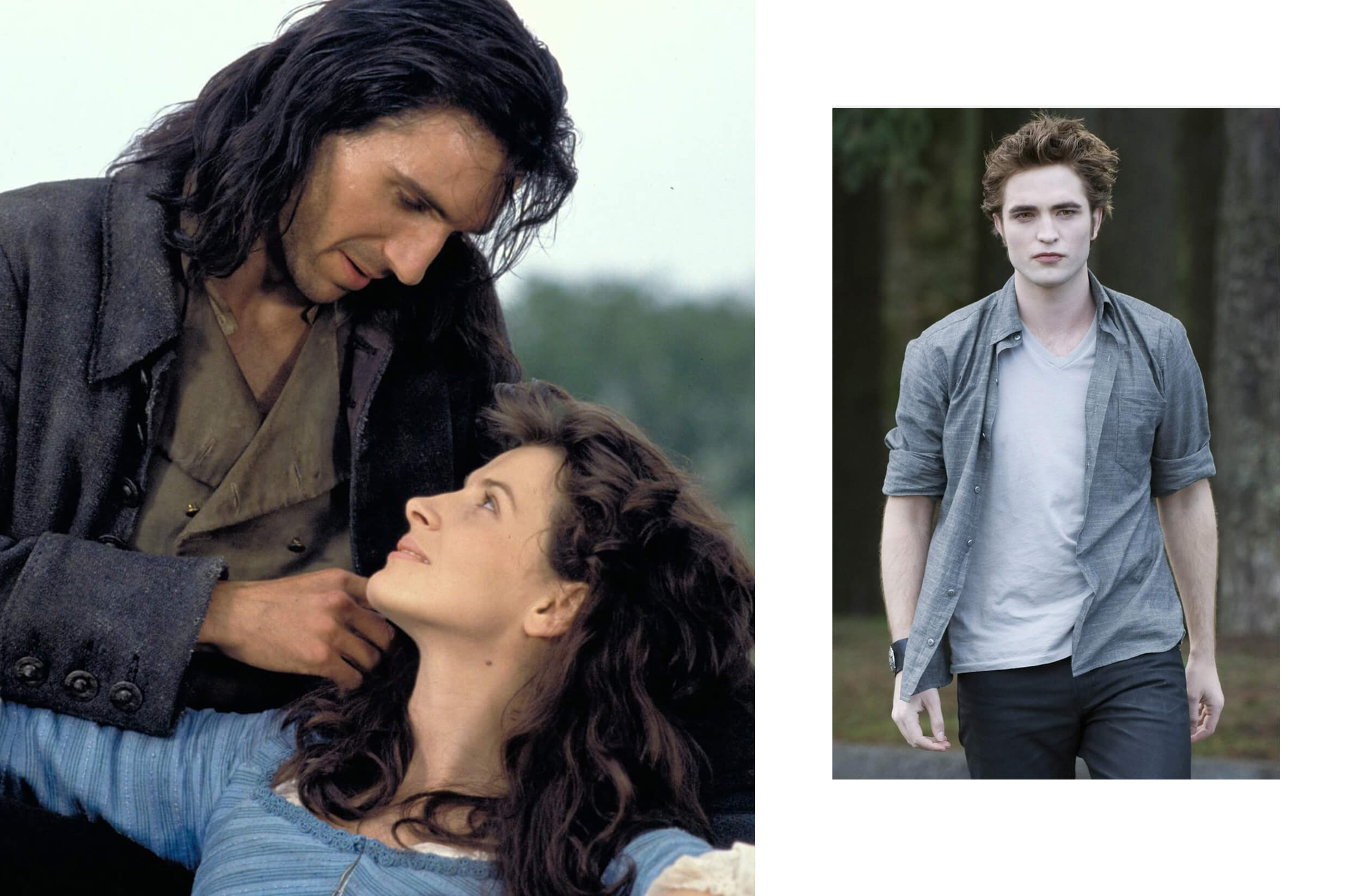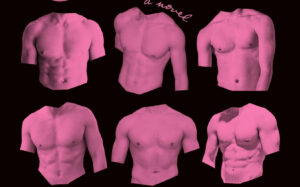If you’ve ever closed a book with a disappointed sigh because the male protagonist doesn’t exist in reality, then gone online to search for fan edits or fanfiction featuring him to try to fill that void, then you too are a passenger (more or less tormented) on a ship called “book boyfriend.”
This term, which is conquering social media and book communities worldwide, refers to readers’ tendency, particularly in the romance and fantasy genres, to develop strong emotional bonds with fictional characters, often considering them ideal romantic partners. On BookTok and Bookstagram, the term has become omnipresent.
The book boyfriend makes his triumphant entrance into the protagonist’s life and, from the very first lines, enchants readers, stirring their deepest desires: sharp character, sarcasm, troubled past, mysterious charm, dark hair, and considerable build are the most common characteristics of this type of character, but they’re not the only ones. In fact, these book boyfriends represent a checklist of traits that women might desire in a partner but rarely find all together in one real person. In most cases, what makes the difference is that these book boyfriends are loyal, emotionally intelligent, and often beautifully imperfect in just the right way: it’s, in other words, the way they make the female character feel and, by extension, the reader. Sure, muscles are always appreciated, but what makes the reader feel protected and enchanted is the respectful attitude, the fact that he knows how to listen and remembers even the most insignificant details. The fact that he would probably kill for her and would certainly die for her is another matter entirely.
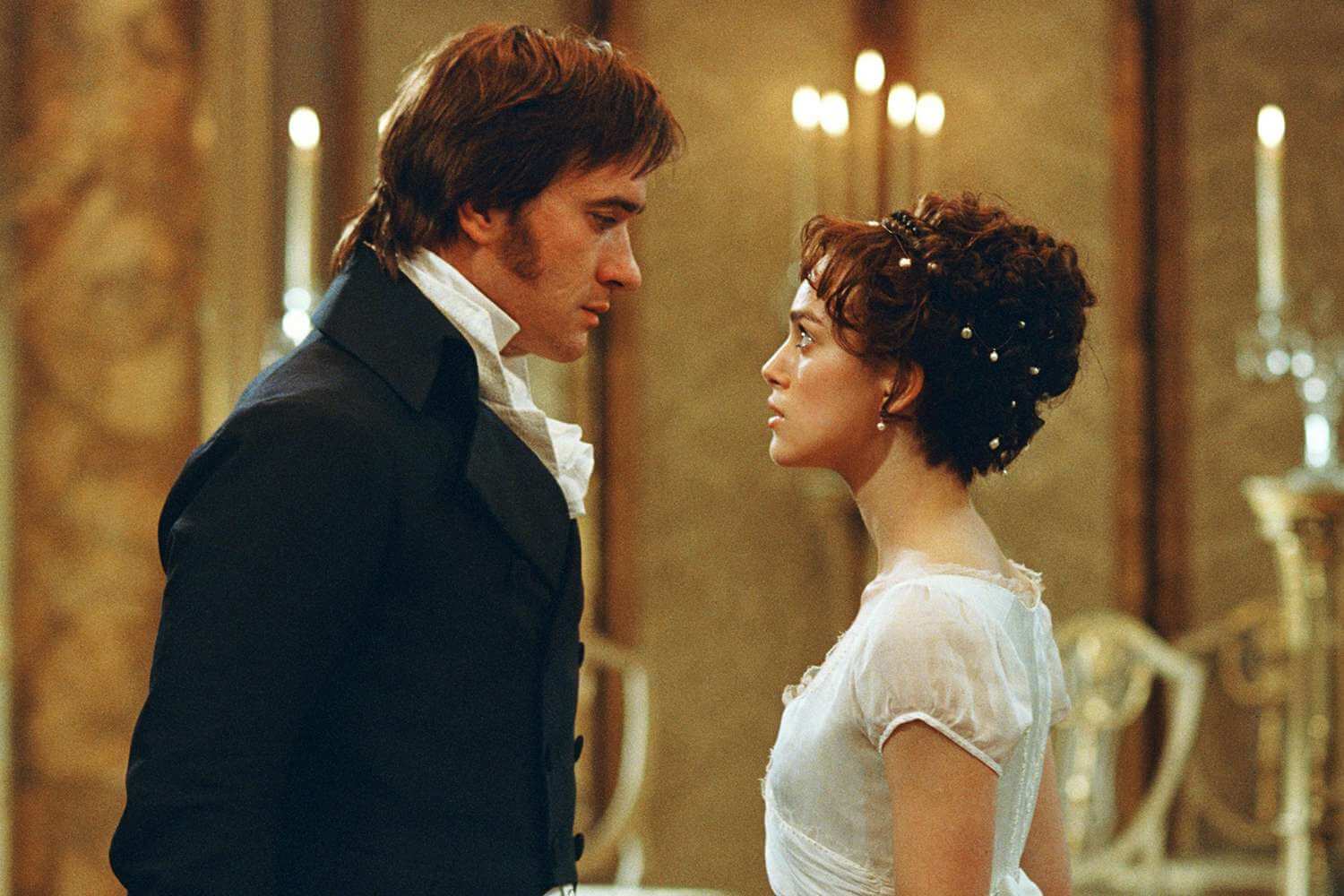
This isn’t simply about admiring a well-written character: it’s a genuine emotional connection destined to last over time. Unlike crushes on celebrities, these characters embody idealized traits like strength, intelligence, humor, or a compelling personal story, making them attractive and “close” to readers in ways that real celebrities often fail to achieve. And if romance book sales continue to rise, it’s also thanks to readers who share these lists of imaginary men, recommending the books they star in to their friends and discussing them passionately: personally, I have a chat on Instagram with a group of friends with whom I share the same passions for reading and for these tormented book boyfriends that better remain private… Not to mention that publishers promote new romance books with phrases like: “Your new book boyfriend is here.” And who are we not to meet him?
Book boyfriends manage to offer readers an escape from reality, allowing them to immerse themselves in romantic fantasies. While being idealized and presenting often magical/fantasy characteristics, book boyfriends are designed to be “human,” with flaws and inner torments that make them even closer to readers. Sure, in some cases they’re placed in extreme situations, with dangerous traits that would land them in jail in reality, but knowing that you’re reading about these situations on a fictional level paradoxically leaves women with a sense of protection, allowing them to explore extreme situations without direct involvement. The classic beautiful and damned, literally.
An online debate has even emerged, fueled mainly by disgruntled men, about how reading romance novels has raised women’s expectations so high that no “real” man seems good enough, because there’s no competing with these imaginary models of love and virtue. But the truth is, it’s not about perfection. And since we’re talking about romance, no, it’s not about size either. Women don’t expect real men to have fae wings or vampire fangs: what women see in these characters, and consequently desire in reality, is respect, consistency, emotional depth, and a level of devotion that goes beyond physical attraction.
In other words, women are looking for men who can truly see them for who they are and who know how to put their happiness first: in short, they want balance. Kindness, respect, closeness, help, passion, trust, responsibility, consideration, tenderness… In one word? Love, they want love.
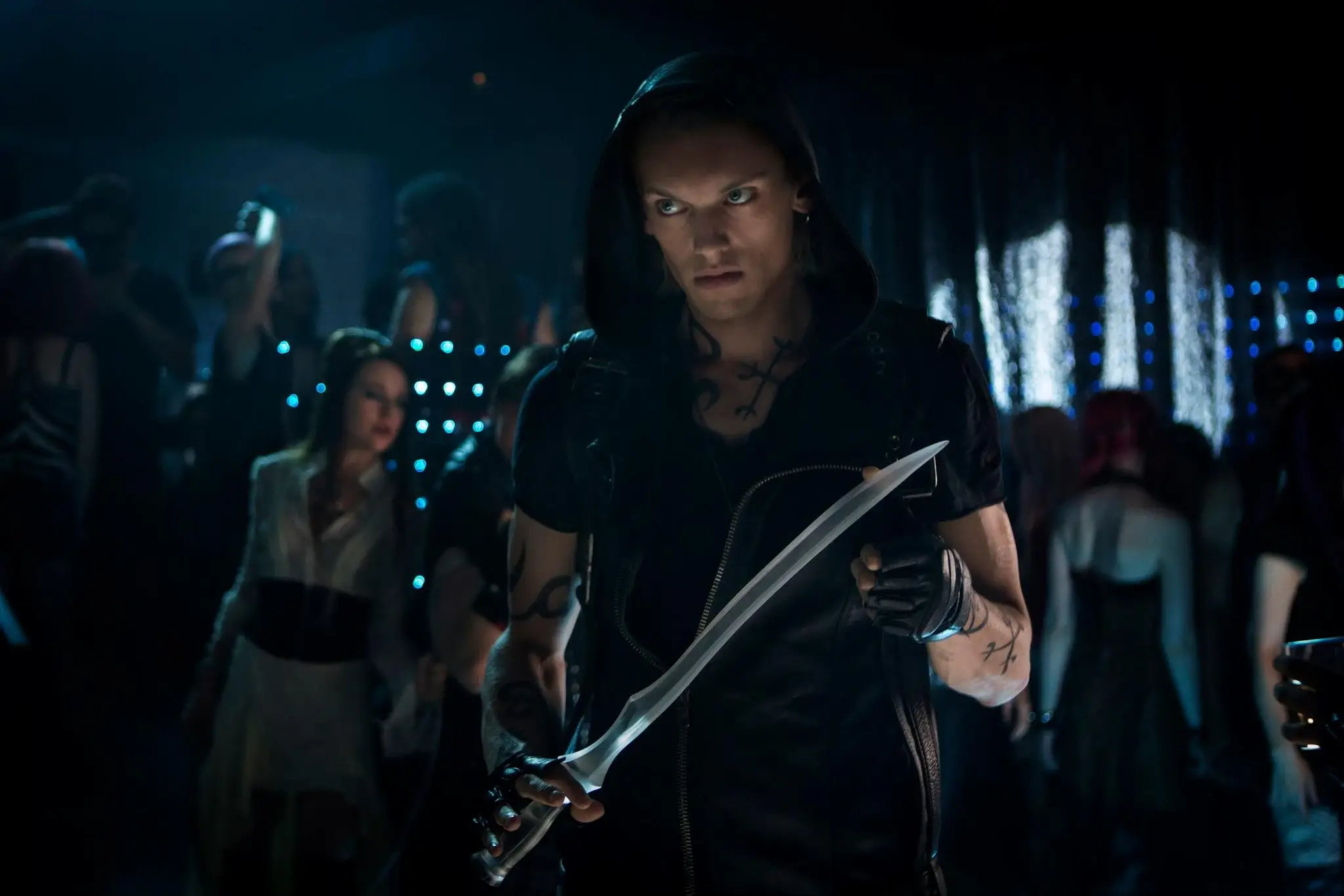
And who can blame us if we want to maintain that connection that develops between the pages of a book? Fictional characters never disappoint, ever. They don’t forget birthdays, don’t make empty promises, or fail to communicate their feelings. They are everything we want them to be because, in many ways, they resemble us: they reflect our desires, our dreams, and, above all, our versions of how a relationship should be.
The most popular and famous book boyfriends of recent years certainly belong to the fantasy world. Above all, the Bat Boys led by Rhysand from Sarah J. Maas’s “A Court of Thorns and Roses” series. Then follows the fearless Xaden from Rebecca Yarros’s “Fourth Wing,” but many examples of this type of character can also be found in “older” sagas: raise your hand, for example, if you haven’t had a crush on at least one of the Harry Potter characters (Draco Malfoy, for instance), if you haven’t despaired over the experiences of the Shadowhunters characters (if you still think about the fact that Tessa forgot the precise shade of blue of Will’s eyes, I feel you), or if you haven’t been emotionally involved in the debates: Edward or Jacob from Twilight? And again, Peeta or Gale from Hunger Games? (If you didn’t answer Edward or Peeta, we can’t be friends). The romance world is then studded with book boyfriends, such as Adam from “The Love Hypothesis” or Travis Maddox from “Beautiful Disaster.” And yes, those characters who have broadened our horizons of pleasure also fall into this category… Does a certain Mr. Grey from “Fifty Shades of Grey” ring a bell? Other examples include characters from sports romance and contemporary stories, showing the diversified appeal of the phenomenon that crosses genres, ages, and cultural backgrounds. Included last but not least, the so-called classics: whether it’s Fitzwilliam Darcy from “Pride and Prejudice” or Heathcliff from “Wuthering Heights,” every generation has its iconic book boyfriends who define the romantic standards of their era.
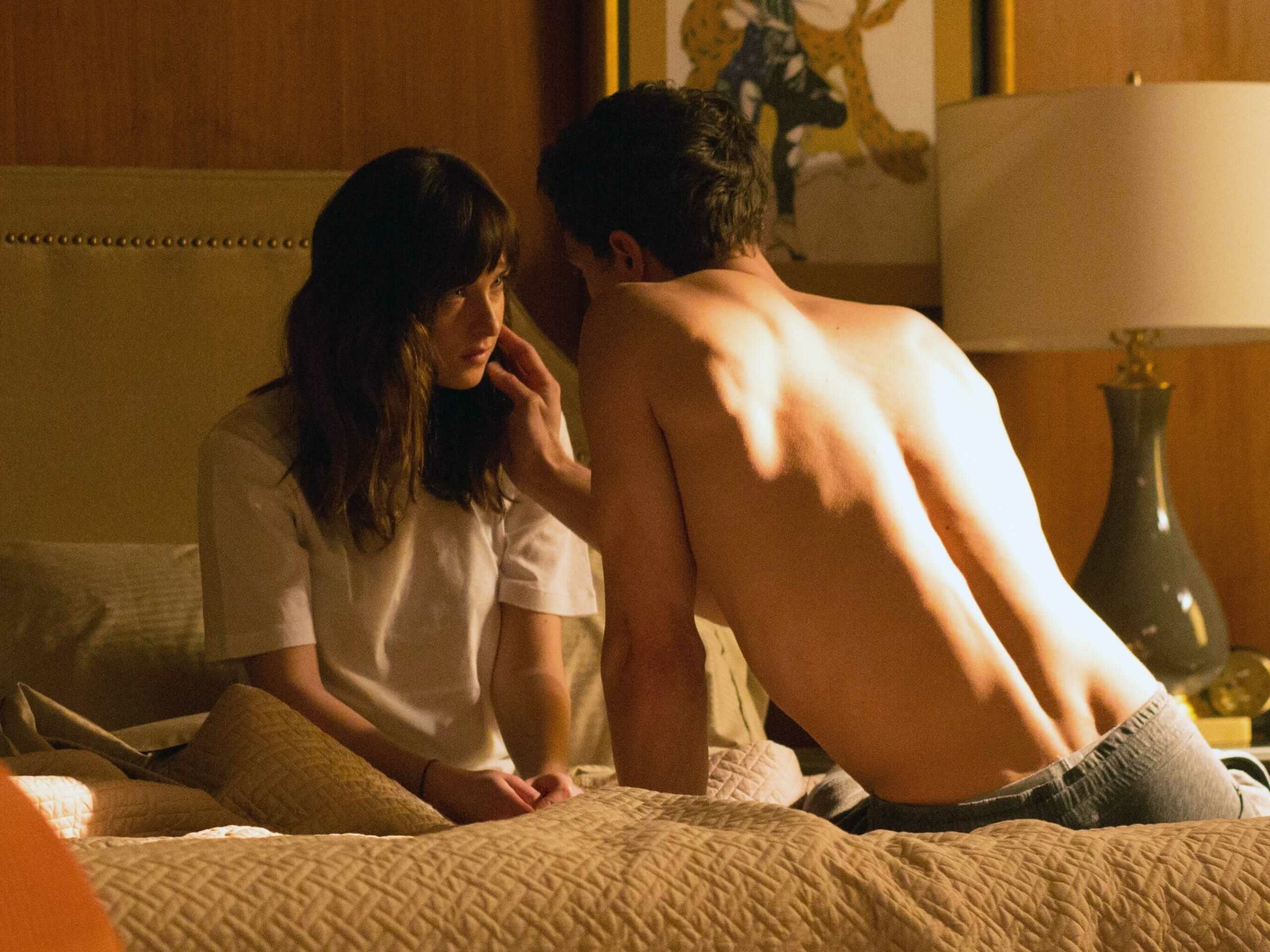
Our “boyfriends” who live in books therefore represent aspirations, dreams, and hope that somewhere out there exist people capable of that same kindness, tenderness, and ability to see and respect women as complete individuals with their own ambitions, fears, and desires. Perhaps, in the end, book boyfriends don’t really raise the bar of expectations, but “simply” remind us that we all deserve to be loved with the same commitment, passion, and respect that we find between the pages of our favorite books. And this, frankly, doesn’t seem like an unreasonable expectation at all, but rather a reminder of what love should be.

